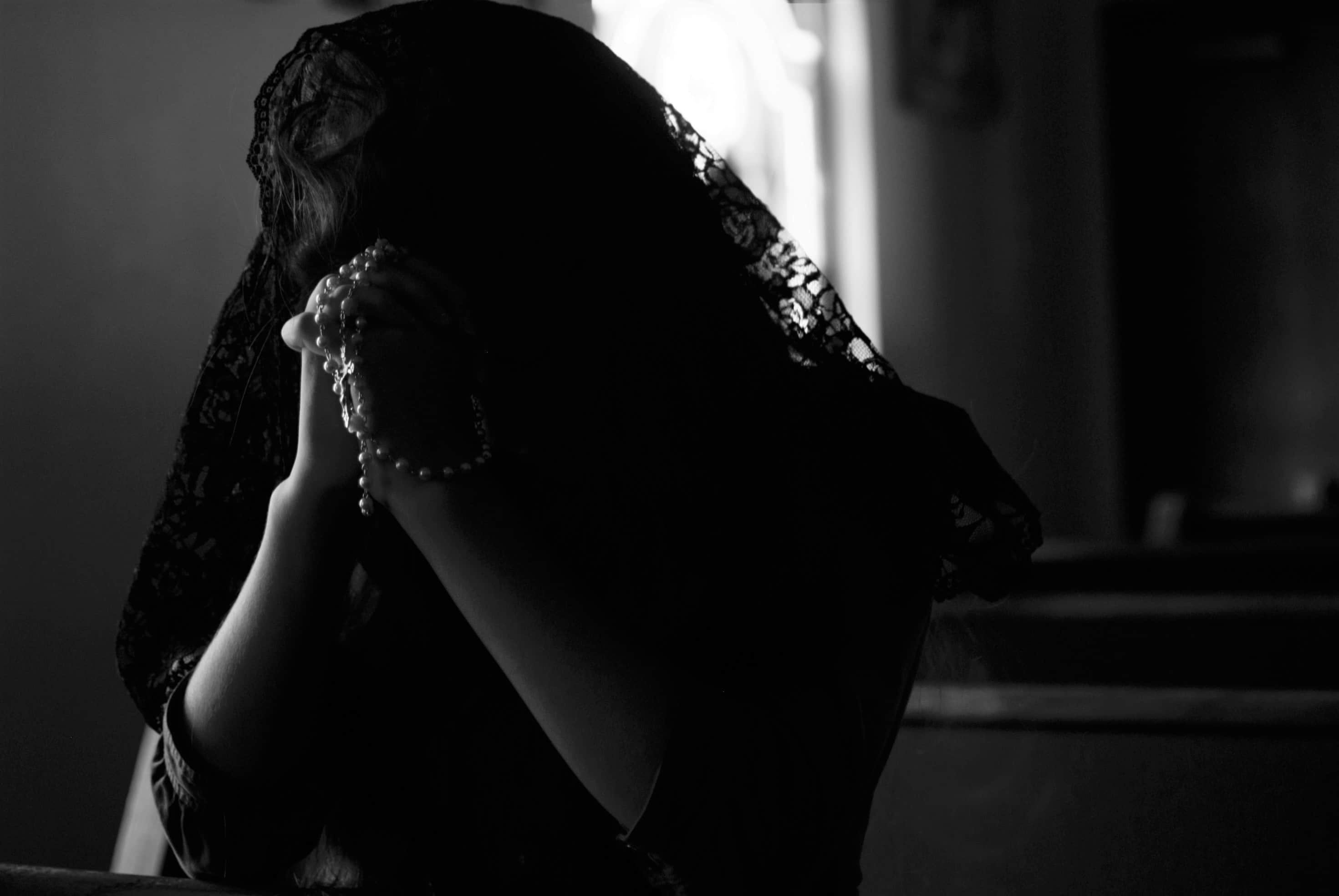
Photo by Fischer Twins on Unsplash
Prayer is one of the three penitential pillars of Lent, but how can we grow in prayer if we don’t really know what it is?
People often think of prayer as the petitioning of God. This, however, reduces prayer down to a mere part of the whole. This reduction is further exaggerated when our petitions are not made with resignation to the Father’s will, trusting that God’s providence will provide, but rather as a request of our own will. Of course, prayer certainly includes presenting our needs to God, yet the point is that its scope is greater than simply making petitions. It is, rather, life for the soul, the actualization of one’s relationship with God that occurs in the heart and has humility as its foundation.
Union of Desires
St. Catherine of Siena writes of prayer as the union of two desires becoming one: the desire of God drawing to itself the desire that He has placed in us for Him. The Catechism speaks of such desires in terms of thirst, stating that “whether we realize it or not, prayer is the encounter of God’s thirst with ours. God thirsts that we may thirst for Him” (CCC 2560). This thirst of God that desires to unite us to Him, preeminently seen in the glorious deeds of Christ, is then manifested in prayer, the actualization of the personal relationship that God thirsts for with us (CCC 2561). Prayer can thus be described in various ways: keeping company with God, living in the presence of God, conversation with God, or, most simply, loving God. God loves us and we respond in love through prayer.
“For me, prayer is a surge of the heart; it is a simple look turned toward heaven, it is a cry of recognition and of love, embracing both trial and joy.” —St. Thérèse of Lisieux
As the Catechism also notes, Scripture sees the heart as the place of prayer (CCC 2562).
“The heart is our hidden center, beyond the grasp of our reason and of others; only the Spirit of God can fathom the human heart and know it fully…It is the place of truth, where we choose life or death. It is the place of encounter, because as image of God we live in relation: it is the place of covenant” (CCC 2563).
Therefore, the principal aspect of prayer is the tendency of the heart toward God. While we cannot always be in the formal act of prayer, the disposition of the heart allows us to stay united to God by giving Him the desires of our hearts, turning all of our experiences into opportunities to converse with Him. Thus prayer is, again, much more than voicing petitions. Rather it is the uniting of one’s heart to God in an attitude of love that sets the will upon manifesting the union with God that He thirsts for.
A Firm Foundation
Humility is the virtue that then serves as the foundation to this union with God. In prayer we are confronted by our poverty before the Almighty in the fact that “we do not know how to pray as we ought” (Romans 8:26). We realize our radical nothingness when meeting the Lord in prayer, revealing the truth of our condition. As such, the humble one gives him/herself honestly to the beloved, presenting him/herself as poor before the infinite heights of God.
This manifestation of the relationship with God in prayer is therefore an experience of humility in which we present ourselves before the Lord. In doing so, we entrust ourselves and our sinfulness to the infinite mercy that God deigns to shower upon us as He conducts the unity of desires. Prayerful encounter with God thus teaches us that we do not know how to live this relationship with the infinite. When accepted in humility, this opens our hearts to allow God to enter and elevate us to Himself.
From Desire to Union
As Catherine of Siena also writes, this relationship in prayer is then formally expressed in three kinds of prayer: unceasing, vocal, and mental. Unceasing prayer is the constant uniting of one’s desire to God, regardless of what one is doing—all activities are directed to God and His honor. Vocal prayer next consists of reciting rote prayers, such as the Our Father, Hail Mary, and Divine Office. This is meant to lead into the third kind of prayer. Mental prayer is a conversation with God as He enters the heart, bringing union with God in love. These three expressions of prayer thus make real, to varying degrees, the covenant union of love that God thirsts for with us.

